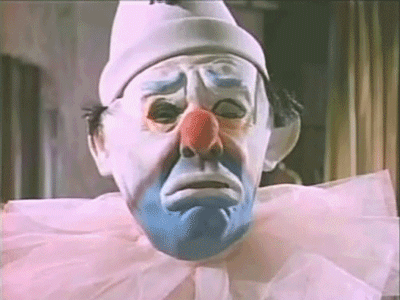Grading syrup (Grade A, Grade B, etc) is done the opposite of what you probably think. The higher the grade (A, AA), the less it will have that characteristic maple flavor. Since syrup was originally used as a sweetener, the higher grades mean it is more like standard sugar, with less of the flavors that might change the taste of whatever it was used to sweeten. So, if you're buying syrup because you want it to taste all maple-y (such as when following a recipe), get grade B syrup, as it will require less of that syrup to get that delicious, mildly smoky maple flavor in whatever you are eating, and your bottle will last longer (once you finally convince everyone that they need less).
I'm pretty sure that this applies to the color, as well. Darker syrups were boiled longer, carmelizing more of the sugars. I have often wondered what maple syrup would taste like if it were boiled in a hard enough vacuum that the extraction of water could complete at room temperature. What would happen to the color? The taste? Is the boiling necessary to kill off pathogens? If only we could convince someone to give it a try and find out. I mean, we're willing to pay more than a quarter of a million dollars for a lab-grown hamburger, there has to be someone out there willing to vacuum-process some tree sap, right?
--Patrick
I'm pretty sure that this applies to the color, as well. Darker syrups were boiled longer, carmelizing more of the sugars. I have often wondered what maple syrup would taste like if it were boiled in a hard enough vacuum that the extraction of water could complete at room temperature. What would happen to the color? The taste? Is the boiling necessary to kill off pathogens? If only we could convince someone to give it a try and find out. I mean, we're willing to pay more than a quarter of a million dollars for a lab-grown hamburger, there has to be someone out there willing to vacuum-process some tree sap, right?
--Patrick


